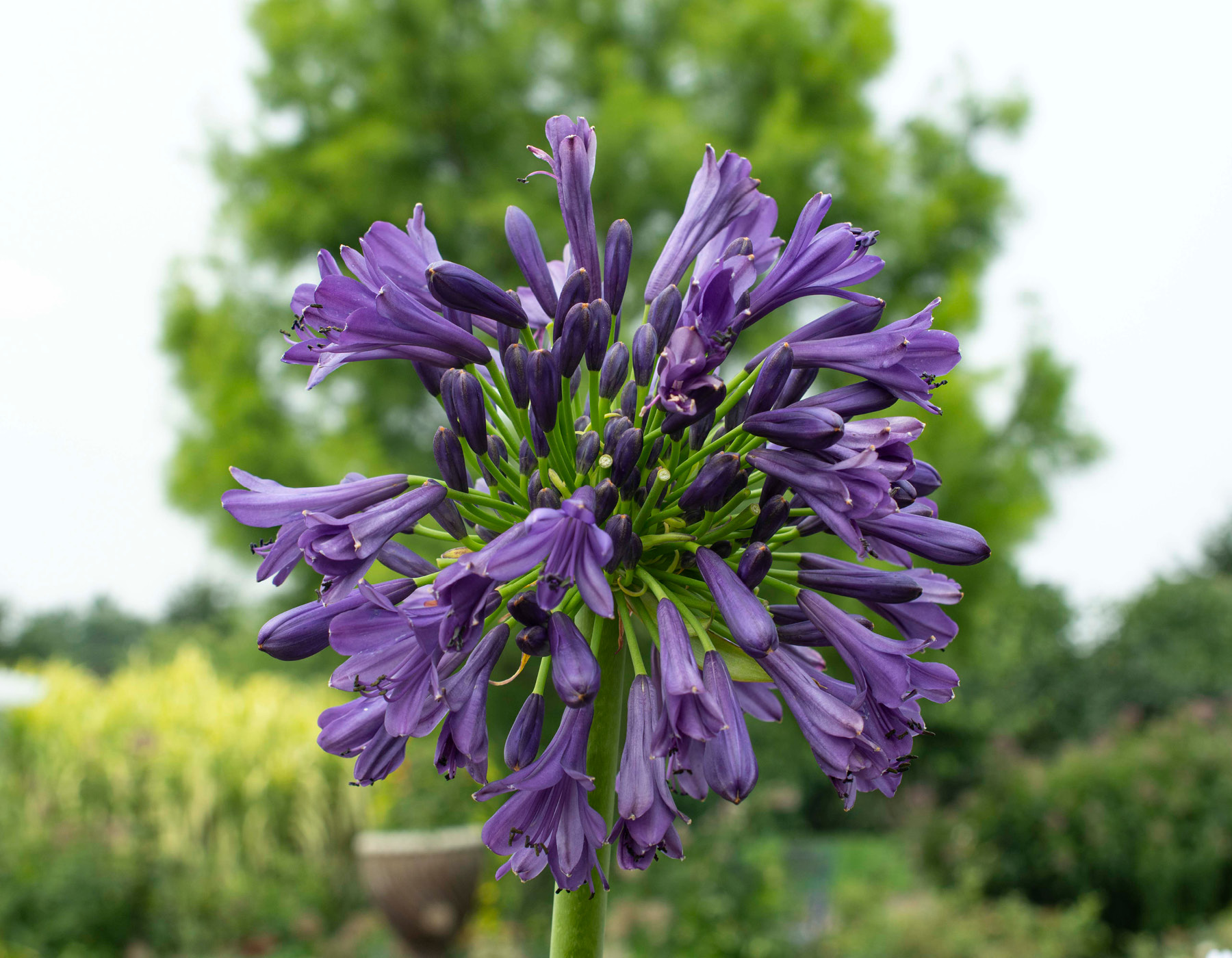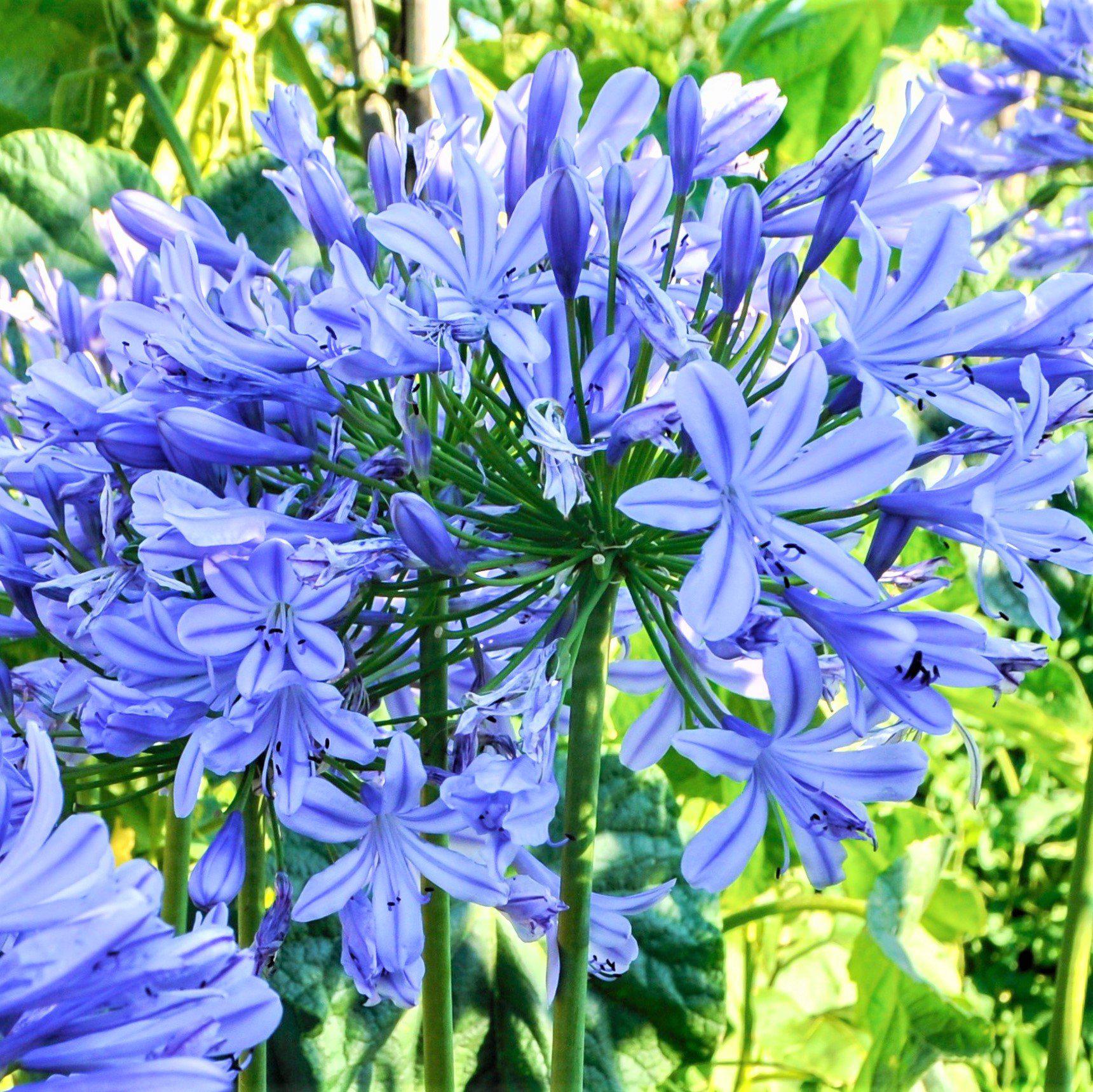Agapanthus Proliferation: Tips for Expanding Your Plant Collection
Agapanthus Proliferation: Tips for Expanding Your Plant Collection
Blog Article
Understanding the Art of Agapanthus Care: Necessary Actions for Healthy And Balanced Growth and Vibrant Blossoms
In the realm of gardening, the farming of agapanthus stands as a fulfilling undertaking for those who look for to nurture these stylish flowering plants. With their striking flowers and elegant foliage, agapanthus has captured the focus of gardeners worldwide. However, achieving ideal growth and lively blossoms calls for a nuanced method that encompasses various crucial actions. From selecting the appropriate variety to understanding pruning techniques, the journey towards cultivating flourishing agapanthus plants is complex and holds the vital to opening the complete possibility of these botanical treasures.

Picking the Right Agapanthus Selection

When selecting the appropriate Agapanthus selection for your garden, take into consideration factors such as environment viability, bloom color, and development routine. Agapanthus, commonly called Lily of the Nile or African lily, comes in a range of shades ranging from shades of purple and blue to white. Choose a flower color that matches your existing garden palette to produce a harmonious landscape. In addition, take into consideration the climate in your region to ensure the Agapanthus variety you pick can thrive in your details problems. Some ranges are a lot more tolerant of chilly temperature levels, while others like warmer climates. Recognizing the growth routine of different Agapanthus selections is essential for appropriate positioning within your garden. Some selections have a clumping development practice, perfect for containers or borders, while others have a more dispersing nature, appropriate for ground cover or mass growings. By thoroughly examining these variables, you can pick the ideal Agapanthus range to enhance the appeal of your garden.
Perfect Growing Conditions
Taking into consideration the optimal ecological requirements is necessary for successful Agapanthus growing. Agapanthus plants are delicate to cold temperatures and should be safeguarded from frost during winter months.
To make certain healthy and balanced growth and dynamic blossoms, plant Agapanthus light bulbs at a depth of concerning 2-4 inches and space them 8-12 inches apart. Adding natural issue, such as garden compost, to the soil can improve drainage and fertility, advertising durable root advancement. Mulching around the base of the plants assists keep wetness and reduces weed growth. Regular watering is critical, particularly during the growing season, to keep the dirt continually damp yet not waterlogged.
Watering and Feeding Tips
Preserving appropriate wetness degrees and giving essential nutrients are crucial components in the treatment routine for Agapanthus plants. When it comes to sprinkling Agapanthus, it is essential to strike a balance. These plants favor constantly wet dirt yet are at risk to root rot if overwatered.
Feeding Agapanthus is necessary for promoting healthy growth and prolific flowers. Apply a well balanced plant food, such as a 10-10-10 formula, in the very early spring as brand-new growth arises. Repeat this application every 6-8 weeks throughout the growing period. Stay clear of excessive fertilization, as it can cause rich vegetation at the expense of flowers. Always adhere to the maker's directions for proper dilution and application methods. By following these watering and feeding tips, you can guarantee your Agapanthus plants prosper and generate vibrant, lasting blossoms.
Pruning Techniques for Agapanthus
Pruning Agapanthus plants at the suitable times and with proper methods is critical for preserving their wellness and promoting optimal growth and flowering. The ideal time to trim Agapanthus is in late winter season or very early spring before brand-new development arises. Start by removing any yellowing or dead leaves near the base of the plant. Cut them as close to the ground as feasible without harming the emerging shoots.
For flowered stems, wait till the flowers have perished and afterwards trim them back to the base. This not only cleans the plant's appearance but also encourages the development of new flower buds. Deadheading spent flowers can likewise redirect the plant's power into generating even more flowers rather than setting seeds. However, if you wish to gather seeds for proliferation, leave some flowers to completely dry and fully grown on the plant.
Bear in mind to use clean, sharp devices to make exact cuts and decrease the danger of presenting illness. Agapanthus. Regular trimming will help keep your Agapanthus looking healthy and cool while making sure an abundant display of stunning blossoms
Dealing With Usual Parasites and Diseases
After making certain proper trimming strategies for Agapanthus, it is essential to deal with typical parasites and conditions that can affect the health and vigor of these plants. One typical parasite that impacts Agapanthus is the Agapanthus gall midge.
Additionally, Agapanthus plants can suffer from origin rot if they are grown in badly draining pipes soil. By being index cautious and taking prompt action against illness and insects, you can aid your Agapanthus plants prosper and produce vivid blooms. Agapanthus.

Conclusion
In final thought, mastering the art of agapanthus care includes choosing the ideal variety, supplying ideal planting conditions, correct watering and feeding, ideal pruning techniques, and addressing usual parasites and conditions. By complying with these necessary steps, you can guarantee healthy development and dynamic blooms for your agapanthus plants. Remember to regularly monitor and keep your plants to promote their overall health and durability.
To make certain healthy and balanced growth and dynamic blooms, plant Agapanthus bulbs at a depth of regarding 2-4 useful source inches and area them 8-12 inches apart. By following these watering and feeding suggestions, try this out you can guarantee your Agapanthus plants thrive and generate lively, durable flowers.
One common parasite that affects Agapanthus is the Agapanthus gall midget. Furthermore, Agapanthus plants can experience from origin rot if they are planted in inadequately draining soil. By adhering to these important steps, you can make certain healthy growth and vibrant blooms for your agapanthus plants.
Report this page